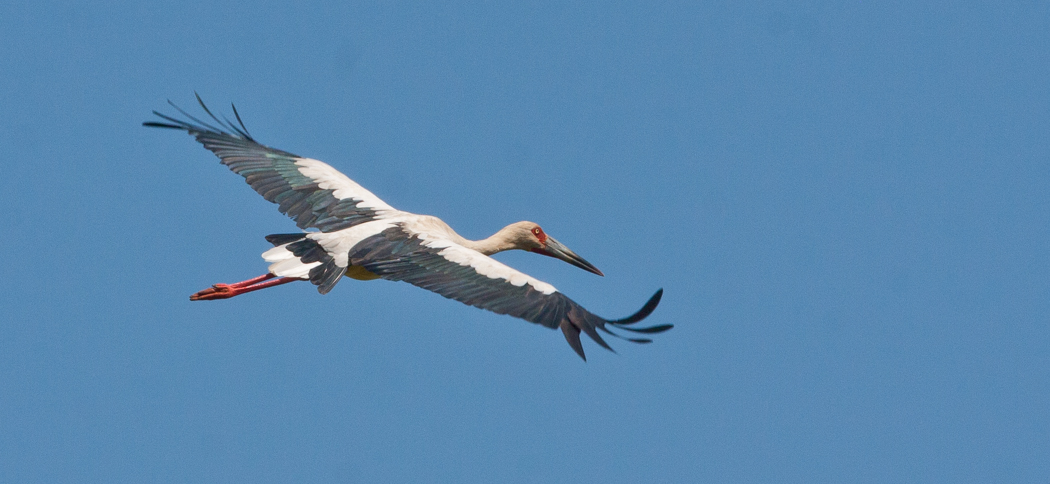
Strange Tails
We're delighted to have a strong population of strange-tailed tyrants at the reserve. So much so that we've adopted these beautiful and endangered birds as the symbol of the Trust
The growing diversity of the animals of Reserva Don Luis is a fresh source of delight every time we return. We don't play favourites, but it's impossible not to engage more with some of our more conspicuous guests. One of these is the strange-tailed tyrant. The male is stoic in his tolerance of one of nature's strangest - and it would seem least practical - adaptations. He's willing to suffer to be beautiful, and somehow manages to fly with tail feathers that were surely designed for a bird three times his size.
We love his perseverance; his resolution to succeed against challenge, and his ability to prove that anything is possible. He's appearing in growing numbers on the Reserva Do Luis, and his success has become an allegory for, and a symbol of, our own.
When we started the process of updating and redesigning our website, we wanted to adopt an image that symbolised our aims and our challenges. This brave little flycatcher, with his indomitable character, was the perfect choice.
The logo is a stylised profile of a male tyrant, silhouetted against the sunrise. We coloured the sun the blue of the Argentinian flag in honour of this country's beauty, its climate and the breathtaking span of magnificent animals that it nurtures.

Bat Research
Our bat team is conducting bat research both in the Ibera Marshes and in other provinces. We are especially concentrating on Misiones at the moment where we find the largest bat in Argentina, Chrotopterus auriitus and Myotis ruber, two species that we are researching.

Maguari Stork
ciconia maguari
The Maguari Stork is resident year round in the Ibera Marshes although we believe that some of them migrate short distances to the south in spring. You can sometimes see groups of 6 or more climbing in thermals in order to fly high.
This is a tall stork of around 85cm, predominantly white with black trailing edges on the wings. It has long red legs and red skin around the eye which is quite noticeable. It has a long dagger like bill for spearing prey which is pale blue above with a black tip. The tail is forked and is white with black outer feathers.
This bird forages in shallow water and has a generalist diet which includes small reptiles, amphibians, invertibrates, larvae, crustaceans and occasionally small mammals.

